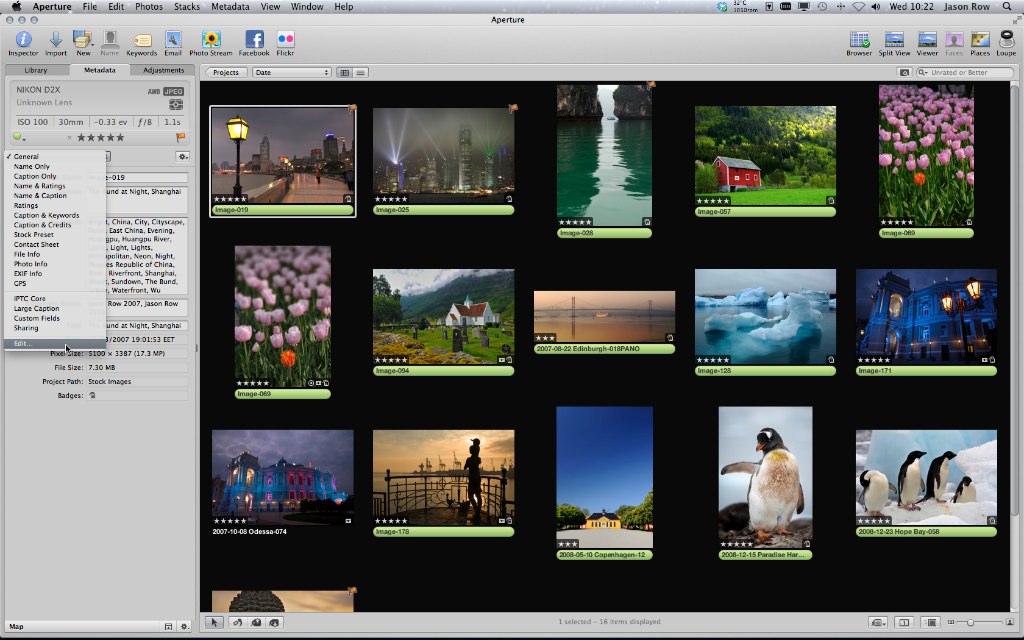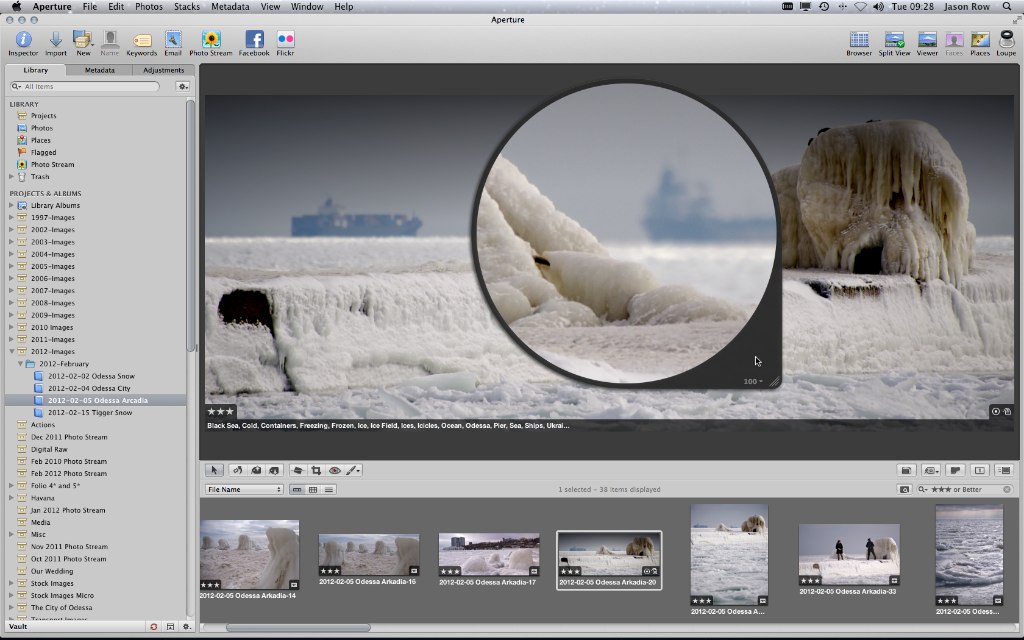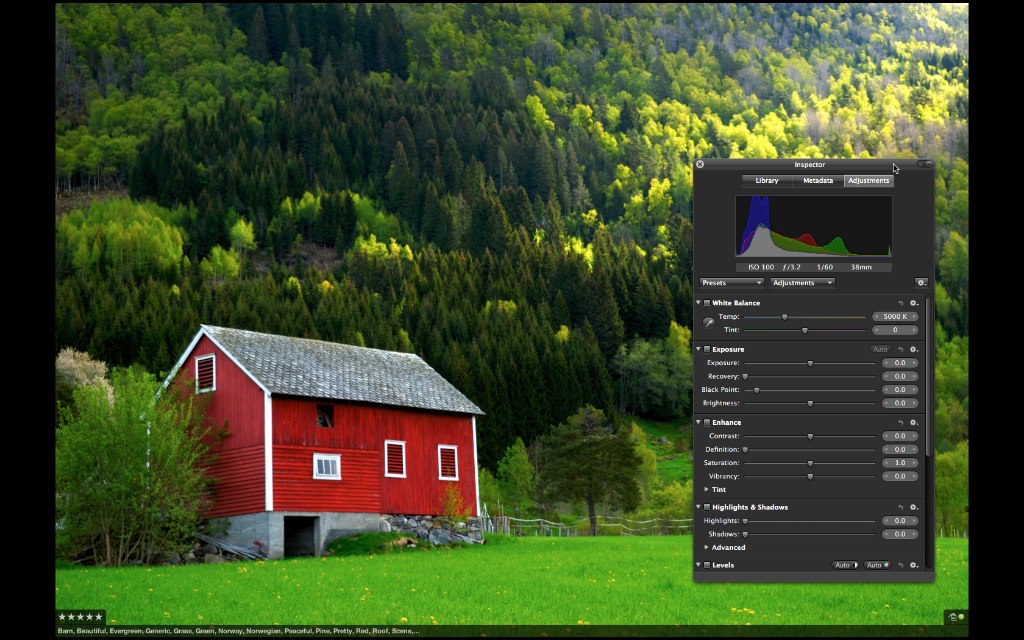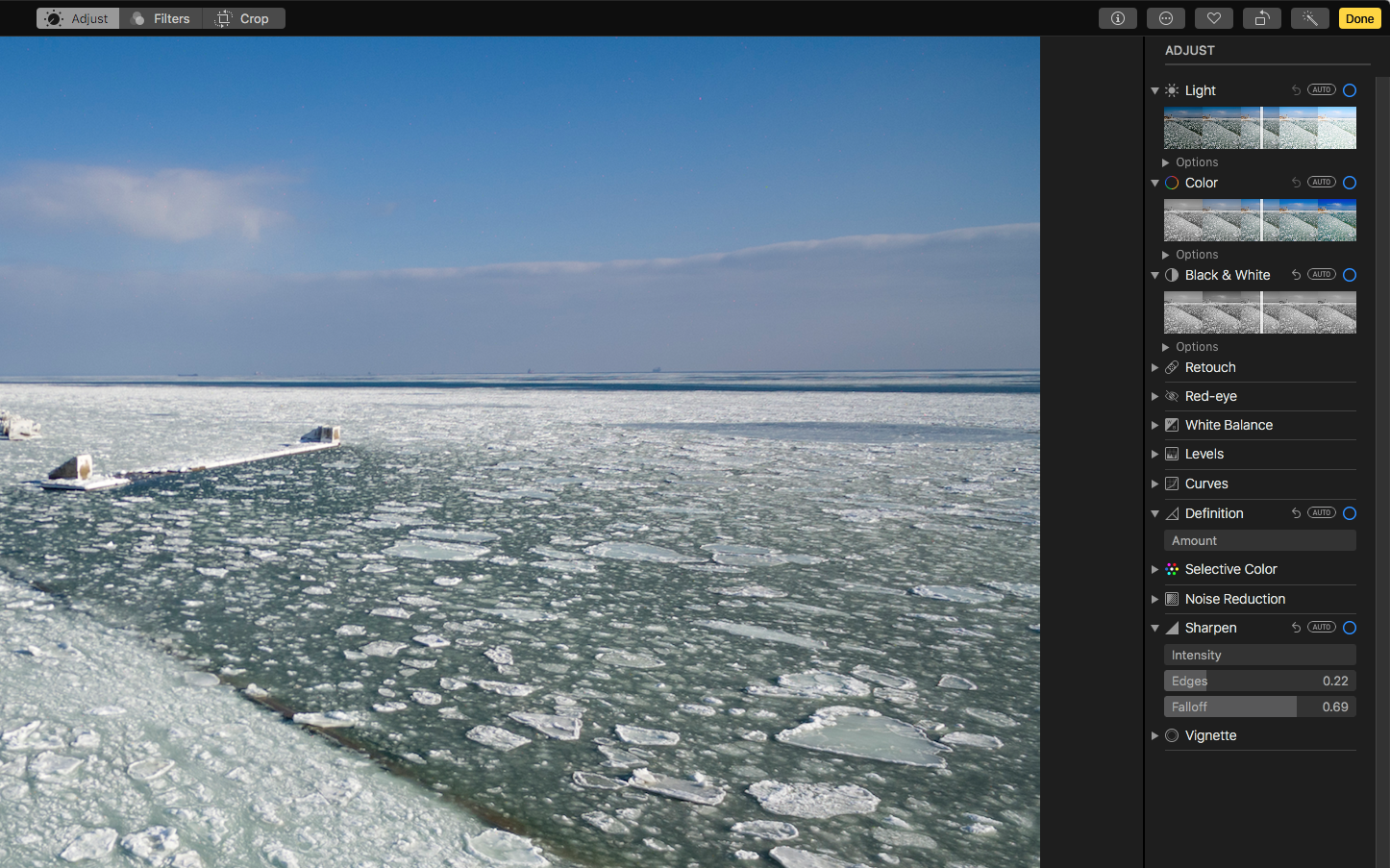Many photographers that run a more Apple centric system will clearly remember Apple’s digital asset management (DAM) software, Aperture. It was the first program that worked effectively as DAM and a RAW editor in one package. It was soon joined by Adobe Lightroom and together the two revolutionised the post-production workflows of many photographers. Sadly Apple decided to discontinue Aperture in 2015 and it was replaced by the free successor to iPhoto simply called Photos.
Today I am going to look at a few things I miss from the days of Aperture when compared to Photos and Lightroom.
Of course, Photos is a free program compared to Aperture which cost a decent amount of money. However, it is the only Apple produced dedicated photo app. This from a company that likes to pride itself on the multimedia capabilities of its software/hardware ecosphere. It is all the more galling when you consider that Apple produce well regarded professional software both video (Final Cut Pro X) and music (Logic Pro)
Lack Of Pro File Structure
Like Lightroom, Aperture had an easy to understand structure to its catalog. Unlike default Lightroom, it brought all the files inside one catalog called a library that could then be organised within Aperture into folders and albums.
Photos takes a more consumer and cloud-based approach that can sometimes make tracking and organising images difficult. Whilst you can have albums, a lot of the catalog is automatically referenced into date and “memory” based albums. The whole interface is somewhat confusing to more advanced photographers.
Limited Metadata Capabilities
One of the most powerful features of both Lightroom and Aperture is their ability to add metadata to multiple images. When you are key-wording and captioning images, you need the ability to cut and paste specific metadata between similar images. It is a vital part of the workflow.
Here Photos reveals its consumer credentials with a clunky metadata interface and no ability to copy data to other images. It also lacks items such as hierarchal keywords and a star rating system.

Limited Editing Capabilities
Again when compared with Photos, the discontinued Aperture had much more advanced photographic editing capabilities. Many of the basic tools are available, levels, curves, colour et al but dig deeper and many of the aspect that made Aperture editing a joy are missing.
The most obvious lack is the loupe. Aperture’s loupe remains, in my opinion, the best zoom tool I have ever used on any editing software. Sadly neither Photos or Lightroom have gone anywhere near replicating this great tool.
A more obvious and glaring omission in Photos is the ability to show highlight and shadow clipping. Whilst you get a basic histogram, you cannot visually see where clipping is occurring.

Another missing feature in Photos is the ability to brush adjustments into a specific area. This is something that Aperture did well and fortunately, Adobe Lightroom has improved upon. The clarity/vibrance tool found in Lightroom is just definition in Photos and very limited.
One thing that I truly miss from Aperture was the fact that DAM and editing could all be done in one window. In Lightroom, you have to go over to the Develop Module to edit whilst in Photos you have to click the Edit button top right. Aperture’s full-screen editing capability was also a joy to use.

The Interface
Aperture’s interface was one of its strong points. Because it was Apple Mac only, it was built upon the inherently easy to use OSX interface and became second nature to Apple users.
In this respect, Lightroom has an identity crisis. It has to work well and have an intuitive interface whilst working on two different operating systems, Windows and MacOS. Sometimes it feels like it struggles in this respect. Lightroom’s speed has always been an issue too. This may be because of the need for a two OS approach. Aperture in its day always felt much snappier than LR.
The interface of Photos has clearly been designed to work well with IOS, Apple’s mobile operating system. Whilst that might mean that iPhone users might find the interface familiar and comfortable it does not translate well to a desktop experience for photographers using cameras outside the IOS arena.

The Future
Of course, all of this lamenting is just that, a look at some of Aperture’s killer features that we no longer have available in Photos or to a lesser extent Lightroom. However, that does not mean to say they could not be re-introduced or improved upon for either of these apps.
Lightroom could give us something like Aperture’s loupe and definitely Aperture’s speed. Photos could start to expand it’s metadata capabilities and add higher-end editing capabilities. Perhaps, and this is maybe me being overly optimistic, the reason Photos does not have these functions is because Apple has plans for a Photos Pro. A modern, paid interpretation of the beauty that was Aperture. If they do, I will be first in line to put down my hard earned cash.
Whichever editing program you use, if you are looking to lock down the fundamentals and take absolute control of the results, this guide should help you get there.





6 Comments
I used Aperture since day one. Today I still use it as a library. IMHO is is still better than Apple Photos even thu it is 3years from any updates. Apple made a mistake by dropping this program.
So, anxiously waiting for Apple Photo Pro!
I use Aperture to this day on the latest Mojave. I learned there is a way to mod Aperture to run on Catalina…GREAT…because nothing else, I mean nothing else including Photos, can beat the versatility Aperture has…period!
How do you get it to run under Catalina?
I don’t trust Apple and Adobe anymore, I will go with Capture One Pro and hope they never change to a rental only software.
P.S. Haven’t tested it under Catalina, because I try to satay as long as possible with Mojave. Just heard about this Project “retroactive” on GithHub to keep old Pro software alive.
https://github.com/cormiertyshawn895/Retroactive
Amen, Mr. Phrank. As a pro shooter for four decades, Aperture was a Godsend. The new “substitutes” for Aperture are faint copies at best. Fortunately, I own a Mac Pro from 2009 which still runs Aperture well. What scares me most about subscription-based photo software is, the company has control of my work. Example: if I were ill and incapacitated and had no income for that time, I would have to catch up on missed payments before resuming use. Call me a control freak, but any entity who has access and control of my photos is simply unnerving. To me, it is like paying for the lease on a car and not being able to drive it at will. Simply selling software isn’t enough for the big developers. They want ultimate control of what we do. Can anyone say, “Big Photo Brother?” Insane. And a ripoff.